Bela Palanka, originally known as Remesiana, has been visited by emperors, kings, and travel writers. The urban settlement on the territory of the present-day municipality has continually existed for 2300 years, making Bela Palanka one of the oldest settlements in Serbia.
Looking back over the history of the town situated beside the main Roman military road Via Militaris, we find an enormous cultural and historical heritage dating back even from the time of Remesiana, inviting archaeologists, scientists, and organized groups of tourists to visit it and experience the spirituality, and witness the traces of Christianity originating in this area.
At the very center of the present-day town one can find an archaeological site, the remnants of a basilica from the Roman-Byzantine period, which was remodeled and adapted according to new needs in later epochs.
On the town square there is a monument from 202 AD dedicated to Roman Emperor Septimius Severus and his son Caracalla who passed through Remesiana on their return from the Orient to Rome. During the motorway construction works on the Corridor X, at the location of Šuplja Stena, near the village of Crvena Reka, a stone mile was uncovered, dating from the beginning of the 3rd century AD. The stone pillar is 2.4 meters high and well preserved. A milestone is, incidentally, one of the rarest archaeological finds, since they were relatively few and were usually placed at crossroads and in places where travelers changed their tired horses. It was set up in 230 AD beside the main Roman military road Via Militaris during the rule of Roman Emperor Alexander Severus, the last ruler from the Severus dynasty, which ruled Rome for 42 years. The milestone shows the distance to Niš to be 22 miles, or 35 kilometers, corresponding to the present-day distance between the two places. Remesiana is also the birthplace of the bishop, missionary, and church writer Nicetas of Remesiana (330-410), whose efforts helped the town become an episcopal see at the turn of the fifth century AD.



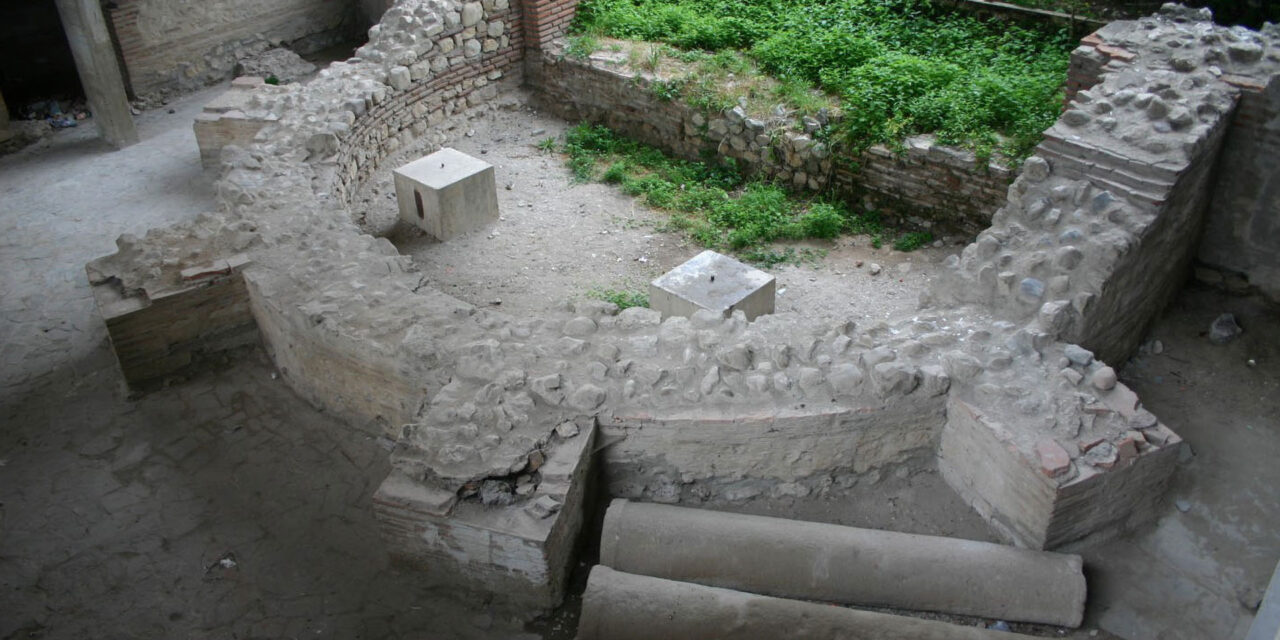
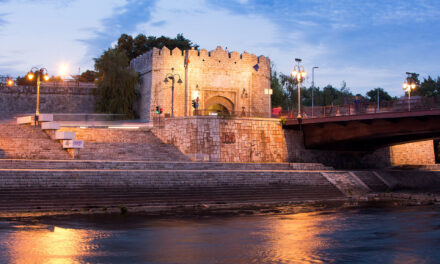
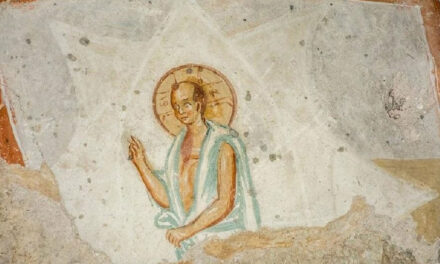
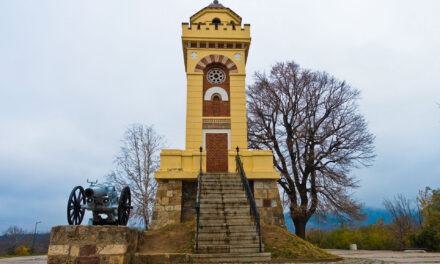
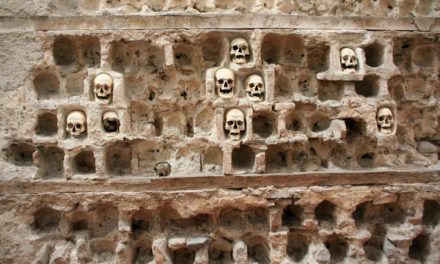

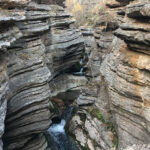
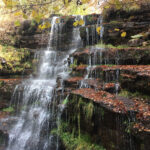

Bela Palanka-centar sveta!